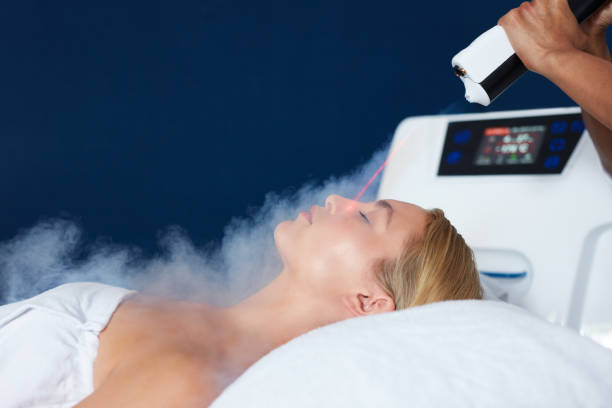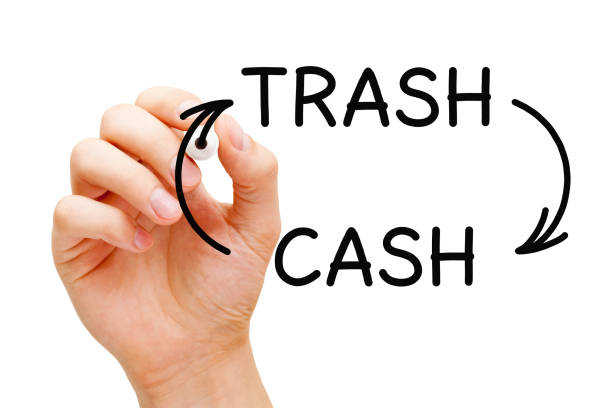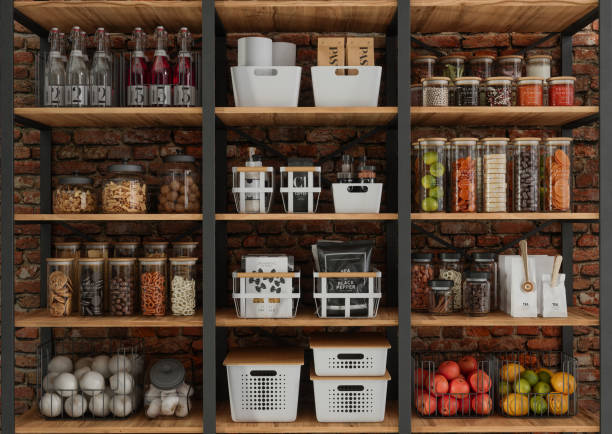Cryotoning: The Icy Revolution in Skincare
Imagine a beauty treatment that promises to tighten pores, reduce inflammation, and give your skin a radiant glow—all through the power of sub-zero temperatures. This isn't science fiction; it's cryotoning, the latest buzzword in the skincare industry that's taking the beauty world by storm. Rooted in age-old practices of using cold therapy for health benefits, cryotoning has evolved into a sophisticated skincare technique that's capturing the attention of celebrities, dermatologists, and beauty enthusiasts alike. As we dive into the frosty world of cryotoning, we'll explore its origins, benefits, and why it's becoming the coolest trend in skincare.

The transition from medical treatment to skincare application began in the early 2000s when European spas started offering whole-body cryotherapy sessions. Beauty enthusiasts soon realized that the benefits extended beyond muscle recovery and pain relief—their skin looked more radiant and tighter after sessions. This observation led to the development of targeted cryotoning treatments for the face and body.
The Science Behind the Chill
At its core, cryotoning works by exposing the skin to extremely cold temperatures, typically ranging from -100°C to -160°C (-148°F to -256°F). This intense cold triggers several physiological responses in the body:
- Vasoconstriction: Blood vessels constrict, reducing blood flow to the treated area.
- Vasodilation: As the skin warms, blood vessels dilate, increasing circulation.
- Collagen production: The cold stress stimulates collagen synthesis, improving skin elasticity.
- Cellular regeneration: The rapid temperature change accelerates cell turnover.
Dr. Elena Rossi, a dermatologist specializing in cryotherapeutic treatments, explains, “The alternating constriction and dilation of blood vessels act like a pump, flushing out toxins and bringing oxygen-rich blood to the skin’s surface. This process can lead to a more even skin tone and reduced appearance of fine lines.”
Cryotoning Techniques and Tools
The world of cryotoning offers a range of techniques and tools, from at-home devices to professional treatments:
- Cryo Facials: Performed by aestheticians, these treatments use controlled streams of liquid nitrogen to cool the skin.
- Ice Globes: Glass orbs filled with antifreeze liquid, used for at-home facial massages.
- Cryoprobe Devices: Handheld tools that deliver precise cold therapy to targeted areas.
- Cryogenic Chambers: Full-body exposure to sub-zero temperatures, popular among athletes and now gaining traction in beauty circles.
Each method has its proponents, with varying levels of intensity and results. Dr. Rossi advises, “For those new to cryotoning, starting with gentler at-home methods like ice globes can be a good introduction before moving on to more intensive professional treatments.”
The Frosty Benefits of Cryotoning
Proponents of cryotoning claim a myriad of benefits for skin health and appearance:
- Reduced inflammation: Cold therapy can help soothe irritated skin and reduce redness.
- Tightened pores: The cold causes pores to contract, potentially reducing their appearance.
- Improved circulation: The vasodilation effect can give skin a healthy, rosy glow.
- Enhanced product absorption: Some experts believe that the cold can help skincare products penetrate more deeply.
- Lifted and toned appearance: The collagen boost can lead to firmer, more youthful-looking skin.
Celebrity facialist Joanna Czech, known for her cryotoning treatments, notes, “I’ve seen remarkable improvements in skin texture and tone with regular cryotoning sessions. It’s especially effective for clients dealing with puffiness or dull complexions.”
The Cool Factor: Cryotoning in Popular Culture
Cryotoning has rapidly gained popularity among celebrities and influencers, contributing to its rising status in the beauty world. A-list stars like Jennifer Aniston and Gwyneth Paltrow have publicly praised cryofacials, while social media platforms are awash with before-and-after photos showcasing the immediate effects of these icy treatments.
The trend has also sparked innovation in the beauty industry, with brands developing specialized cryotoning products and devices for home use. From cryogenic face masks to high-tech cooling wands, the market is expanding to meet consumer demand for this chilly skincare solution.
Potential Risks and Considerations
While cryotoning offers exciting possibilities, it’s not without potential risks. Dr. Rossi cautions, “Overexposure to extreme cold can lead to skin damage, including frostbite in severe cases. It’s crucial to follow guidelines and seek treatments from qualified professionals.”
Additionally, certain individuals should avoid cryotoning:
- Those with sensitive skin conditions like rosacea or eczema
- People with poor circulation or Raynaud’s disease
- Individuals with certain autoimmune disorders
As with any new skincare treatment, it’s advisable to consult with a dermatologist before incorporating cryotoning into your routine.
The Future of Frosty Skincare
As research into cryotoning continues, the future looks bright (and cold) for this innovative skincare approach. Dr. Rossi predicts, “We’re likely to see more targeted cryotoning treatments, possibly combined with other technologies like LED therapy or ultrasound for enhanced results.”
The beauty industry is also exploring sustainable cooling methods and more accessible at-home options, potentially making cryotoning a staple in everyday skincare routines.
In conclusion, cryotoning represents a fascinating convergence of ancient wisdom and modern technology in the pursuit of radiant, youthful skin. As with any beauty trend, it’s essential to approach it with informed caution and realistic expectations. Whether you’re ready to take the plunge into sub-zero skincare or prefer to watch from the sidelines, one thing is clear: cryotoning is making waves in the beauty world, and its influence is anything but frigid.





